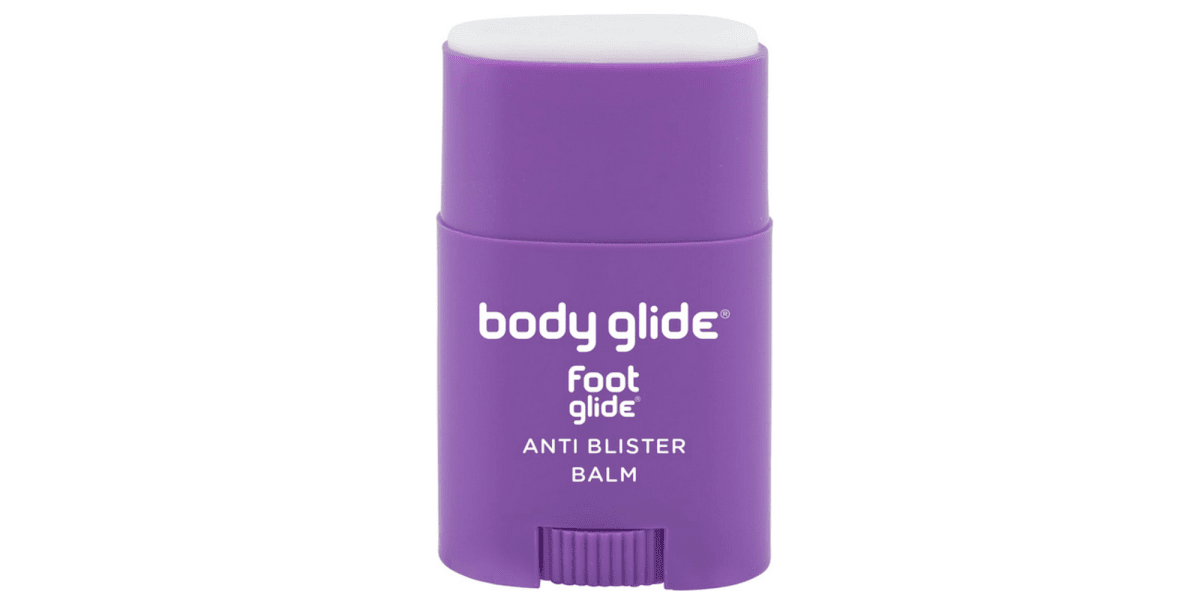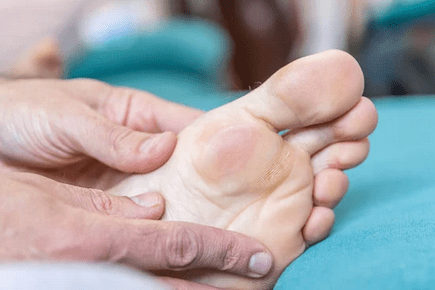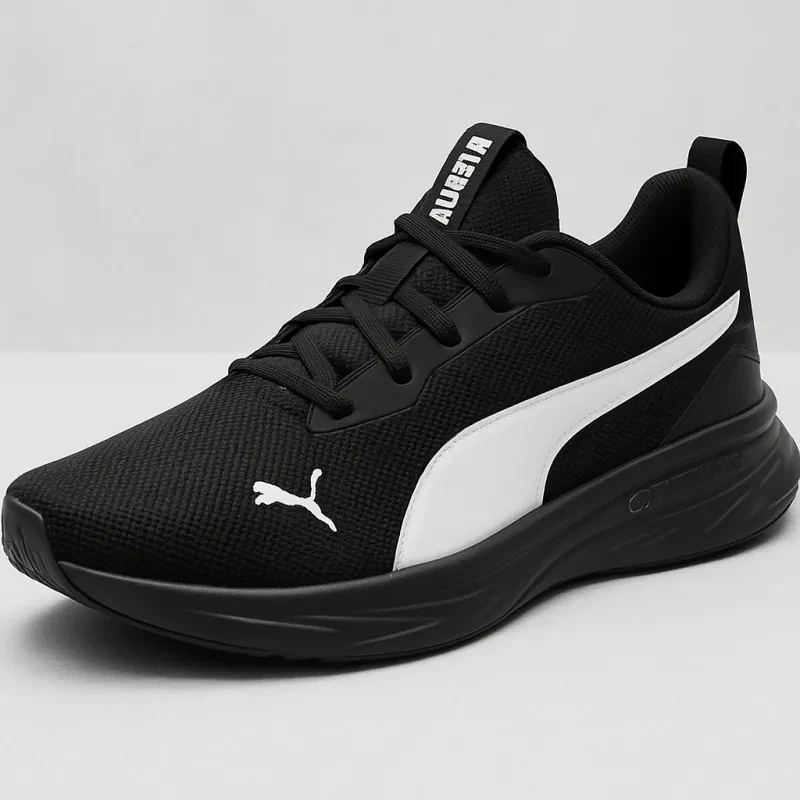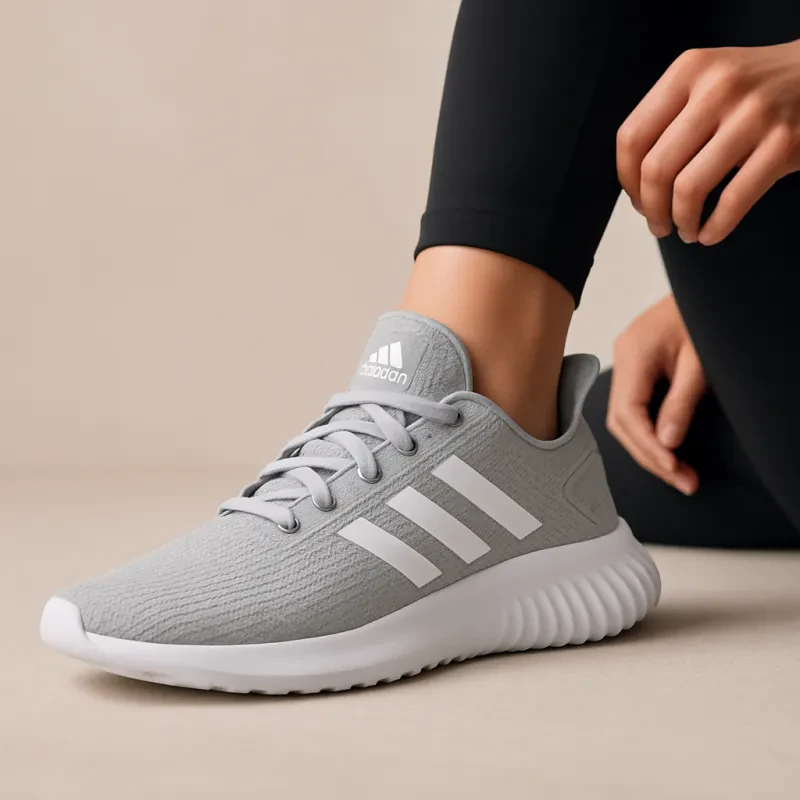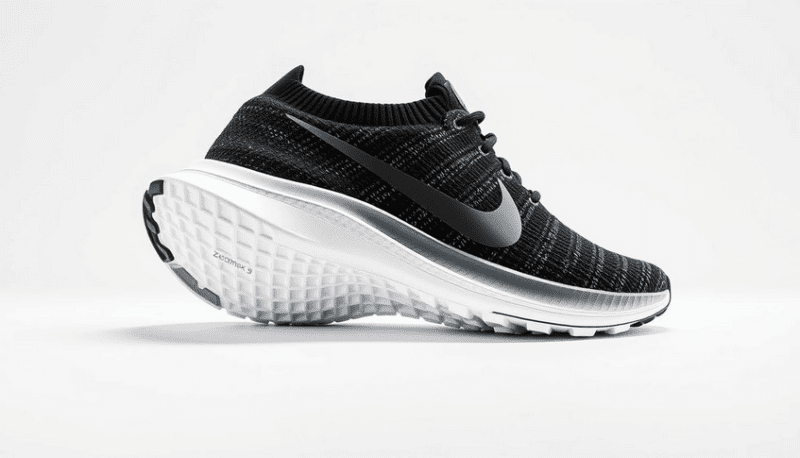Blisters can be a trail runner's worst nightmare, turning an enjoyable run into a painful experience. Understanding how blisters form is crucial for any runner looking to minimize their chances of developing these pesky injuries. Blisters typically occur when skin is subjected to repeated friction, temperature changes, or moisture. On rugged trails, your feet can face all three of these factors, making blister prevention and treatment essential knowledge for any runner.
When you're out on the trails, the constant movement of your feet inside your shoes can create friction against your skin. This friction causes the outer layer of skin to separate from the underlying layers, leading to a pocket of fluid—a blister. Additionally, if your socks or shoes are wet from sweat or rain, the risk of blister formation increases significantly, as wet skin is more prone to friction. Understanding these causes is the first step in learning how to prevent and treat blisters while trail running.
To avoid the discomfort of blisters, it’s important to choose the right footwear. Properly fitting shoes with the right material will help reduce friction. Consider moisture-wicking socks that can keep your feet dry, reducing the chance of blisters. Moreover, applying anti-chafing balms to high-friction areas can create a protective barrier, adding an extra layer of defense against blister formation.
If despite your efforts a blister does form, it’s important to treat it properly. Keep the area clean and avoid popping the blister, as this can lead to infection. Cover it with a sterile bandage, and if possible, give your feet a break from running until it heals. In this way, understanding blister formation not only aids in prevention but also equips you with the knowledge needed to deal with them effectively.ister Balm
Blister Balm
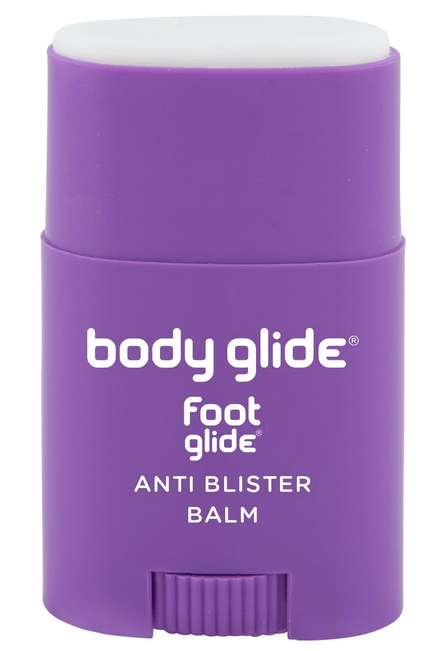
Essential Gear for Blister Prevention
First and foremost, selecting a suitable pair of trail running shoes is vital. Look for shoes that offer a snug fit without being too tight, allowing your feet to move naturally. Shoes with proper cushioning and support will help absorb the shock of rough terrain, reducing the risk of friction that can cause blisters. Additionally, consider shoes made from breathable materials to keep your feet dry and reduce moisture buildup, which is a significant contributor to blister formation.
Socks are another crucial component in the battle against blisters. Opt for moisture-wicking socks designed specifically for running. These socks will help keep your feet dry by drawing sweat away from the skin, minimizing friction. Look for seamless or flat-seam options to reduce the risk of irritation, and consider socks with extra padding in areas prone to blisters. Remember, a good pair of socks can change the game in how to prevent and treat blisters while trail running.
Finally, protection accessories like blister patches and tape can provide an added layer of defense. Applying blister prevention tape to areas that are prone to rubbing can significantly reduce friction. Blister patches are handy for when you feel a blister starting to form; they provide cushioning and protect the area from further irritation. By equipping yourself with these essential items, you can hit the trails with confidence, knowing you have taken steps to prevent discomfort.
Quick Fixes for Immediate Relief
If you catch the blister early, you can generally relieve the pressure. Gently clean the area with soap and water, and pat it dry with a clean towel. Applying a blister pad or a piece of soft adhesive tape can create a protective barrier, allowing you to continue your run with less discomfort. These pads can cushion the blister and absorb any further friction, giving your skin a chance to heal.
If you’re already in a situation where a blister has formed, consider using zinc oxide tape or a blister bandage. These specialized products stick to the skin and help keep the blister intact while providing additional padding. To use them effectively, make sure the skin around the blister is clean and dry, then apply the tape firmly but comfortably.
When you're looking for long-term strategies related to how to prevent and treat blisters while trail running, remember that proper footwear is essential. Avoid shoes that are too tight or loose. Instead, choose trail running shoes that fit snugly and offer good support. Additionally, consider wearing moisture-wicking socks to keep your feet dry, as damp conditions can exacerbate blister formation. Regular foot checks during your run can also help catch any potential issues before they develop into blisters.
Long-Term Care for Blister-Prone Feet
One effective strategy is to invest in quality footwear. Make sure your shoes fit well, offering enough room in the toe box while providing support. This helps to reduce friction, a primary cause of blisters. Consider using moisture-wicking socks designed for trail running. These socks can help keep feet dry and reduce the risk of blister formation. Additionally, breaking in new shoes gradually over time can help acclimate your feet and minimize potential hotspots.
Applying blister prevention products, such as creams or films, can also be beneficial. These products create a barrier between your skin and the shoe, significantly reducing friction. Be sure to apply these treatment methods before embarking on your runs to achieve the best results. If you do develop blisters, treat them promptly by cleaning the area and, if necessary, using a sterile needle to drain fluid from larger blisters while keeping the skin intact for protection.
Regular foot inspections and maintenance are key to long-term care. After each run, check your feet for any signs of irritation or developing blisters. Address any issues immediately to prevent them from worsening. Moisturizing your feet daily can keep the skin supple and improve resilience against blisters. Lastly, consider incorporating foot-strengthening exercises into your routine, as stronger feet can help absorb shock and reduce the likelihood of blister formation.
DISCLAIMER
The information contained on Save on Sneaks and our related pages is provided for entertainment and informational purposes only. It is not intended as a substitute for the advice of or treatment that your physician or other health care provider may prescribe.
Understand that you are solely responsible for the way this information is perceived and utilized, and do so at your own risk. In no way will Save on Sneaks be responsible for injuries or other problems that might occur due to the use of this website or any actions taken based on the content of this website. Save on Sneaks will not be held responsible for the conduct of any companies and websites recommended within this site.
Before adhering to any of the information or recommendations or undertaking any exercise program or diet regimen, you should consult your physician.
